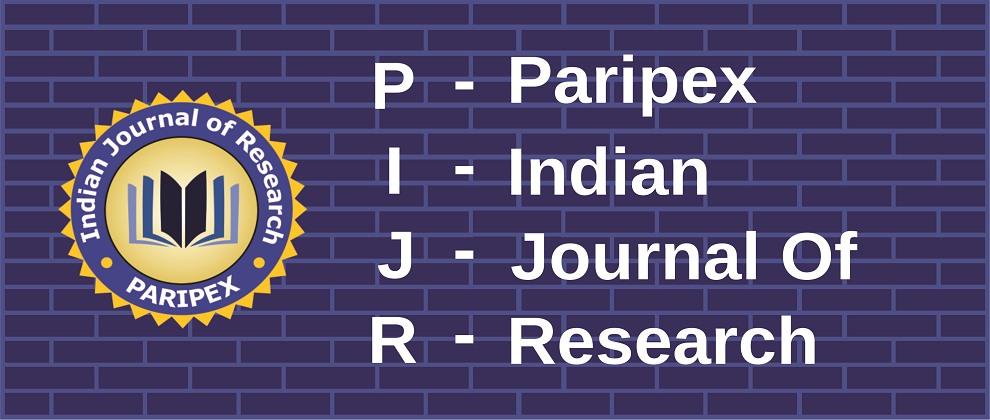Volume : IX, Issue : I, January - 2020
Mushroom poisoning: Identification and Quantification of toxins Will toxins identification help in Prevention of accidental poisoning?
D. Slong, Jb Wahlang, Rangme B. Y. Marbaniang, Arky Jane Langstieh, D. Ropmay, I. Tiewsoh, Ja Lyngdoh
Abstract :
Amatoxins commonly found in Amanita phalloides is the main constituents of toxins present in most toxic mushroom specimens containing α–amanitin, β–amanitin, γ –amanitin, ε–amanitin, amanin, amaninamide, amanullin, amanullinic acid, and proamanullin. RP–HPLC analysis of toxins Chromatography: The method of Ismail Yilmaz et. al, is followed using C18 (Agilent Technologies) at UV detection 303nm for amatoxins and 291nm for phallotoxins. The mobile phase in isocratic pump with a flow rate of 1ml/min consisting of 0.05M ammonium acetate (pH 5.5 with acetic acid) and acetonitrile (90:10v/v). The geographical variations determine the content of the toxins and it ings a landmark to create awareness to the community for such mushroom specimens. We hope that analyzing the toxin content in the coming years will be of great service to the Physician and the community as well.
Keywords :
Article:
Download PDF
DOI : https://www.doi.org/10.36106/paripex/1012032
Cite This Article:
MUSHROOM POISONING: IDENTIFICATION AND QUANTIFICATION OF TOXINS WILL TOXINS IDENTIFICATION HELP IN PREVENTION OF ACCIDENTAL POISONING?, D. Slong, JB Wahlang, Rangme B. Y. Marbaniang, Arky Jane Langstieh, D. Ropmay, I.Tiewsoh, JA Lyngdoh PARIPEX-INDIAN JOURNAL OF RESEARCH : Volume-9 | Issue-1 | January-2020
Number of Downloads : 432
References :
MUSHROOM POISONING: IDENTIFICATION AND QUANTIFICATION OF TOXINS WILL TOXINS IDENTIFICATION HELP IN PREVENTION OF ACCIDENTAL POISONING?, D. Slong, JB Wahlang, Rangme B. Y. Marbaniang, Arky Jane Langstieh, D. Ropmay, I.Tiewsoh, JA Lyngdoh PARIPEX-INDIAN JOURNAL OF RESEARCH : Volume-9 | Issue-1 | January-2020


 MENU
MENU

 MENU
MENU






